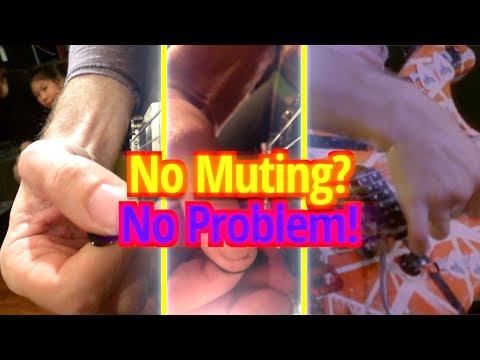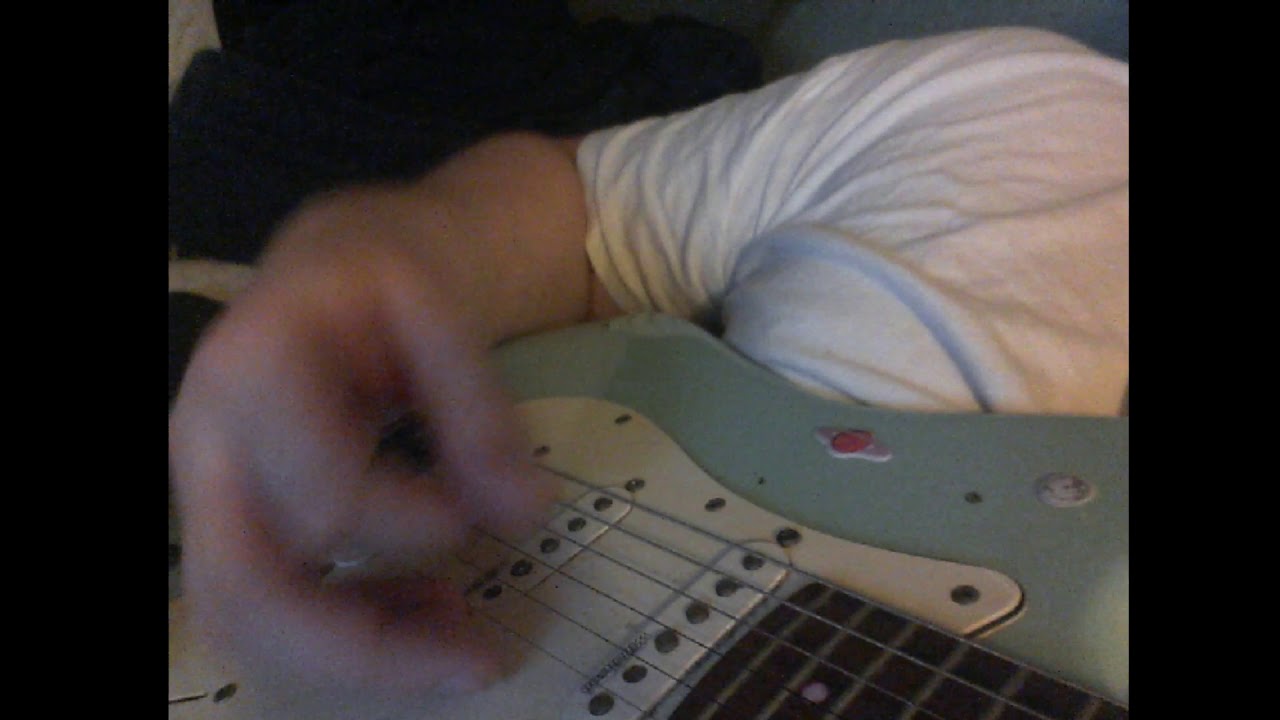I’m in the infamous position where I hit a wall at ~130-135bpm (16ths), and I’m trying to do something about it. So naturally I’m trying to do this thing where you’re supposed to find a comfortable alternate picking motion by starting with tremolo picking and going from there.
The thing is that even at “relatively slow” tempos like 150bpm (i.e. anything that’s sufficiently faster so I don’t fall into just my slow technique but sped up to where it’s sloppy), I notice that tremolo picking for me comes primarily from my forearm, which is not a motion I can “imitate” at slower tempos so I could practice it consciously - not to mention that I’m pretty sure that my forearm should not be the primary means to move my pick. And I seem to be unable to get a pure wrist motion going that works anywhere near 150bpm or above, making it difficult for me to find the “right” wrist motion I should focus on and try to speed up…
Anyone any experience with that, or tips how to go about this?


 ). I’m almost sure the forearm motion is a result of me waaaay too often trying to push myself above the 130 limit… like, I’ve played stuff at 140bpm, usually by sheer “force” >.<
). I’m almost sure the forearm motion is a result of me waaaay too often trying to push myself above the 130 limit… like, I’ve played stuff at 140bpm, usually by sheer “force” >.<





